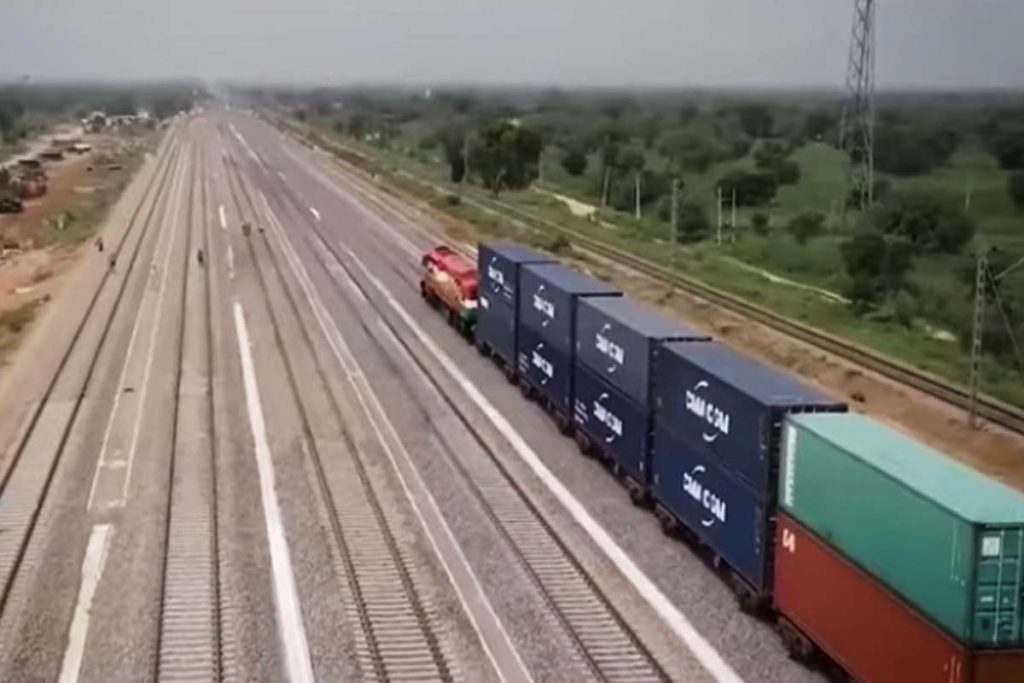Free Courses Sale ends Soon, Get It Now


Free Courses Sale ends Soon, Get It Now



Disclaimer: Copyright infringement not intended.
Context
Aim
|
Freight: Goods or cargo that are transported by train. |
Status of Freight Railways in India
Findings of NITI Aayog
Other
Importance of Freight Railways
Steps taken by the Government to boost Rail Freight
Key Objectives of National Rail Plan 2030
The key objectives of the National Rail Plan are:-
Way Ahead
https://www.pib.gov.in/PressReleasePage.aspx?PRID=1806617
© 2024 iasgyan. All right reserved